The Bosingak Bell
in Jongno Street
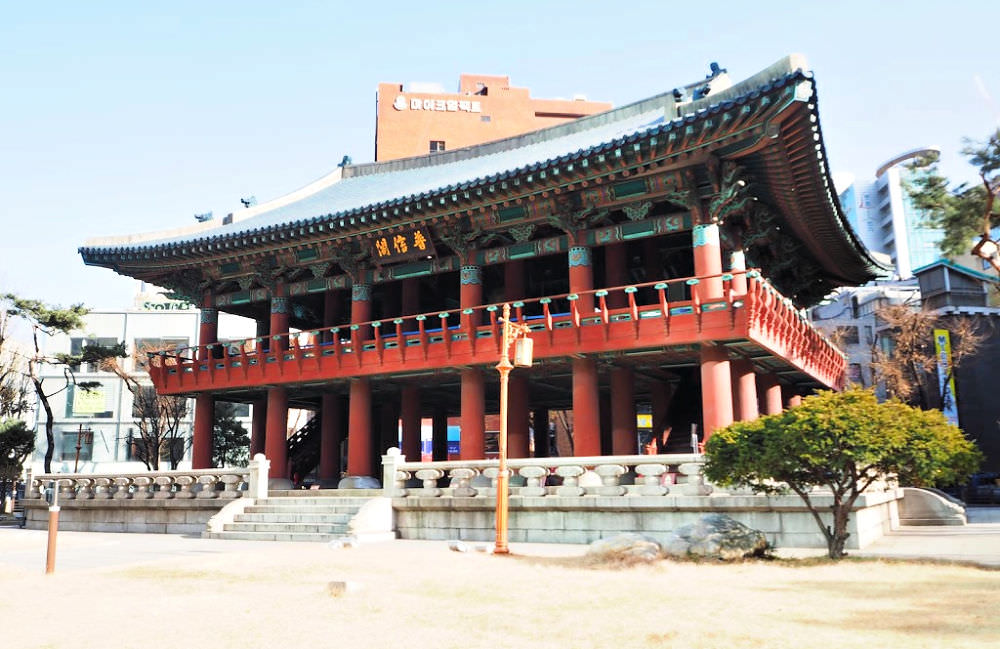 The pavilion of Bosingak Bell
The pavilion of Bosingak BellIntroduction
Bosingak Bell is a popular ceremonial Buddhist bronze bell in Seoul. It is located in Jongno, the administrative and cultural center of Seoul.
The bell was originally cast in 1396 during the reign of King Taejo, founder of the Joseon Dynasty. Every New Year's Eve since 1894, a ceremony has been held when the mayor of Seoul strikes the bell 33 times to signal the start of a new year.
The bell is also known for its connection to the folklore of the Korean folktale, "Heungbu and Nolbu". According to legend, the two brothers fought over their inheritance with Heungbu emerging as the winner. In gratitude, he gave a bell made of bronze to his younger brother which became Bosingak Bell.
Although the bell has been destroyed and recovered several times due to various historical events, it is still a beloved symbol of Seoul with its dedicated restoration process in the early 20th century.
The bell rests on a stone platform that was designed by Korean architect Kim Swoo-geun. The structure also contains an observatory for tourists to view the city.
The bell rings 33 times at midnight on New Year's Eve, symbolizing the transitioning of a new year and a new beginning filled with hope and renewed energy.
Visitors gather around Bosingak Belfry to listen to the ringing bells in celebration as fireworks light up the night sky on December 31st. Afterward, visitors may also enjoy a midnight snack and hot drinks at the street vendors that line the nearby alleys.
The bell is most famously remembered for its importance during the Joseon Dynasty period (1392-1910) when it was used to signal curfew hours. The bells would be rung to signify closing and opening of gates in the city walls.
Nowadays, it remains a popular tourist attraction and symbol of Korean culture. Every time the bell tolls, it is a reminder to take another step forward into the new year with hope and courage in one's heart.
The observatory at Bosingak Belfry offers a stunning panoramic view of the area, while the surrounding park boasts many quaint cafes and traditional-style restaurants. Visitors can also explore the nearby art galleries and artisan markets to find unique souvenirs to take home.
No matter where one is in Seoul, the sound of the bell will ring out loud and clear on New Year's Eve, reminding everyone that a new beginning is just around the corner. People from all over the world come to gather at Bosingak Belfry for a unique and memorable experience to mark the start of a new year.
No matter how many years pass, the soul-stirring sound of the bell will continue to reverberate through Seoul's streets, giving hope of a brighter tomorrow for all citizens.
This is why Bosingak Belfry has become such an iconic symbol of Seoul, and it continues to be a must-see destination for locals and tourists alike.
Bosingak Belfry
Bosingak Bell (Bosingak Belfry, Bell Pavilion) is a landmark in Seoul, a symbol, and an attraction in Jongro Road (jongro means "bell road"). Various events are being held in front of the structure, including religious ceremonies, social actions, campaigns, among others.
Bosingak Belfry was initially built in 1396 (5th year of King Taejo's reign) in present-day Insadong, then the heart of Hanyang, the capital of the Joseon Dynasty.
The Bell is not only an old symbol of the ancient capital city. Every New Year, any Seoul mayor and other high-ranking officials presently holding office ring the Bell the announcing the coming of the new year and wishing for prosperity and all other good tidings.
Located in central Seoul, it is straightforward to find and can be just a quick drop from other attractions and sights in the area.
Bosingak Bell was moved to its present location during the reign of King Taejong (1400-1418). This Bell was rung thirty-three times to announce paru, the opening of the city gates at daybreak and twenty-eight times to announce injeong, the closure of the gates in the evening. This bell-ringing was based on the prevailing Buddhist tradition.
The Bell was also used to warn people of emergencies such as fire, enemy attacks, and other emergencies. The bell pavilion has initially been a considerably larger structure.
However, it got destroyed many times and repaired many times over due to wars and fires. It became smaller during the late Joseon Period.
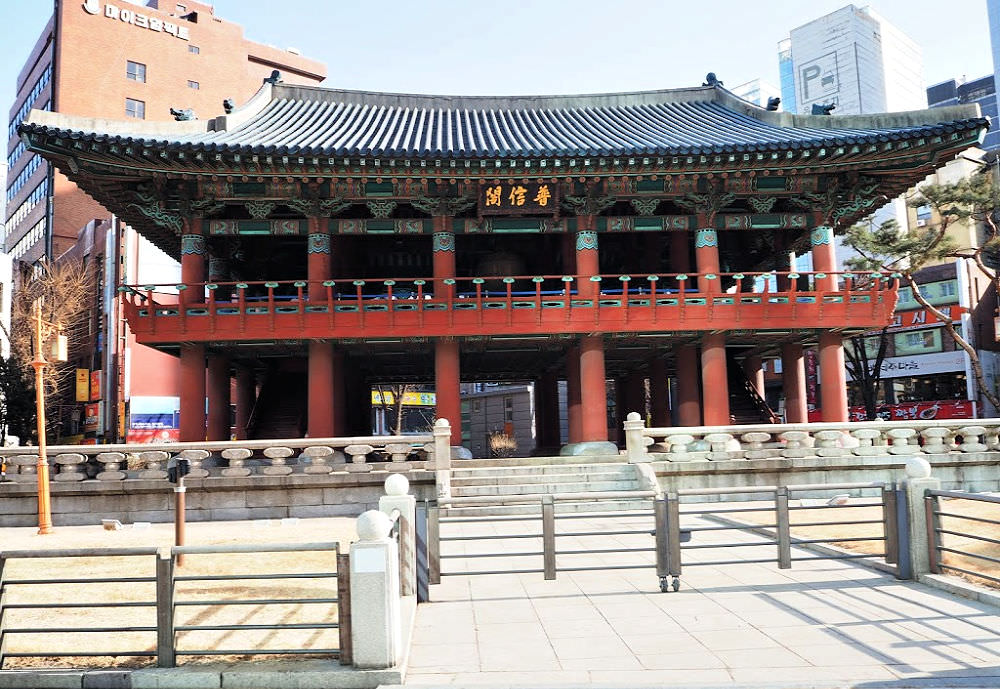 Bosingak Bell Pavilion
Bosingak Bell PavilionIt used to be called Jonggoru, Jonggak, or Ingyeongjeon. But it was changed to its current name Bosinggak in 1895 during the reign of King Gojong.
In 1979, the bell pavilion was wholly restored to the large-size structure during King Sejong's reign.
In 1985, the Old Bronze Bell of Bosingak Pavilion (Treasure No. 2) was replaced with a replica, and the original can be seen at the National Museum of Korea in Seoul.
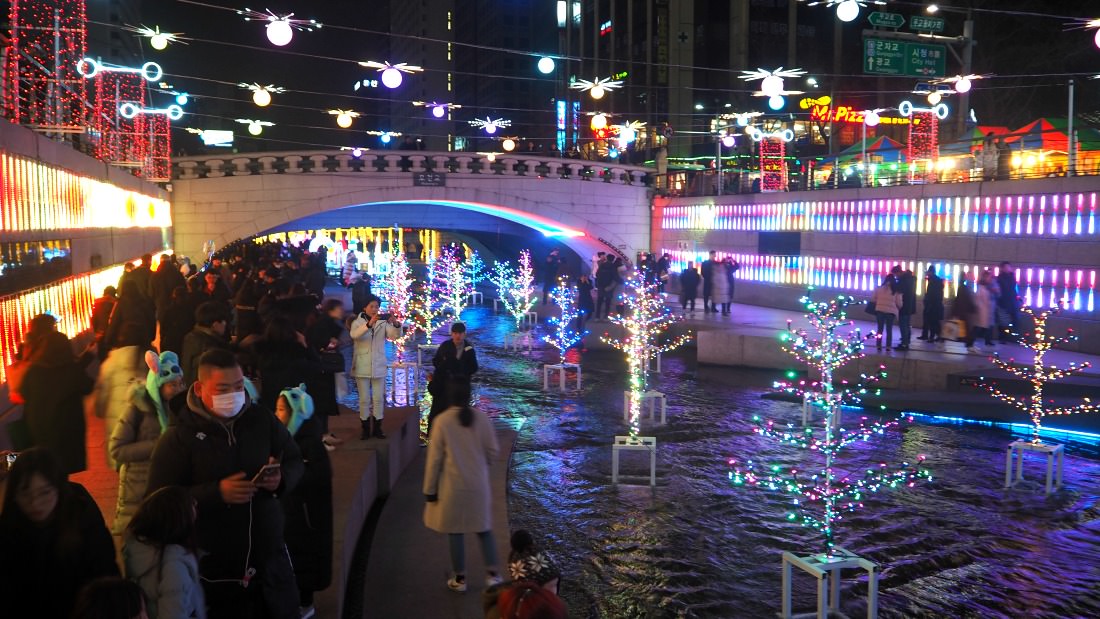 Cheonggyecheon Stream Park is the closest sight to Bosingak Bell Pavilion where many travelers explore and enjoy with
Cheonggyecheon Stream Park is the closest sight to Bosingak Bell Pavilion where many travelers explore and enjoy withGetting to Bosingak Bell
By Seoul Subway, take Line 1 and get off at Jonggak Station, then come out from Exit 4. It is only a few minutes on foot from the station.
Nearby Bosingak Belfry, you can quickly visit other sights and attractions, besides shopping at the underground shopping centers.
You can also explore...
- Jonggak Underground Solar Garden
- Tapgol Freedom Park
- Cheonggyechon Stream Park
- Gwanghwamun Square
- Insadong Culture Street
- Deoksugung Palace
- Gyeongbokgung Palace
I hope you will have a wonderful time in the area. Keep exploring and be safe.
- Home
- Seoul Attractions Best
- Bosingak Bell
Get Exciting Activities
Book one of our exciting activities today to experience the thrill of a lifetime! Take advantage of this opportunity and secure your spot in advance.
Hotel Map Guide
Find your affordable, accessible, and comfortable hotel in Seoul at Agoda.Com. See the hotel map below...
Hotel Booking Guide
Find affordable and amazing hotels on Agoda.com using the search box below. Book now to enjoy great discounts and save!
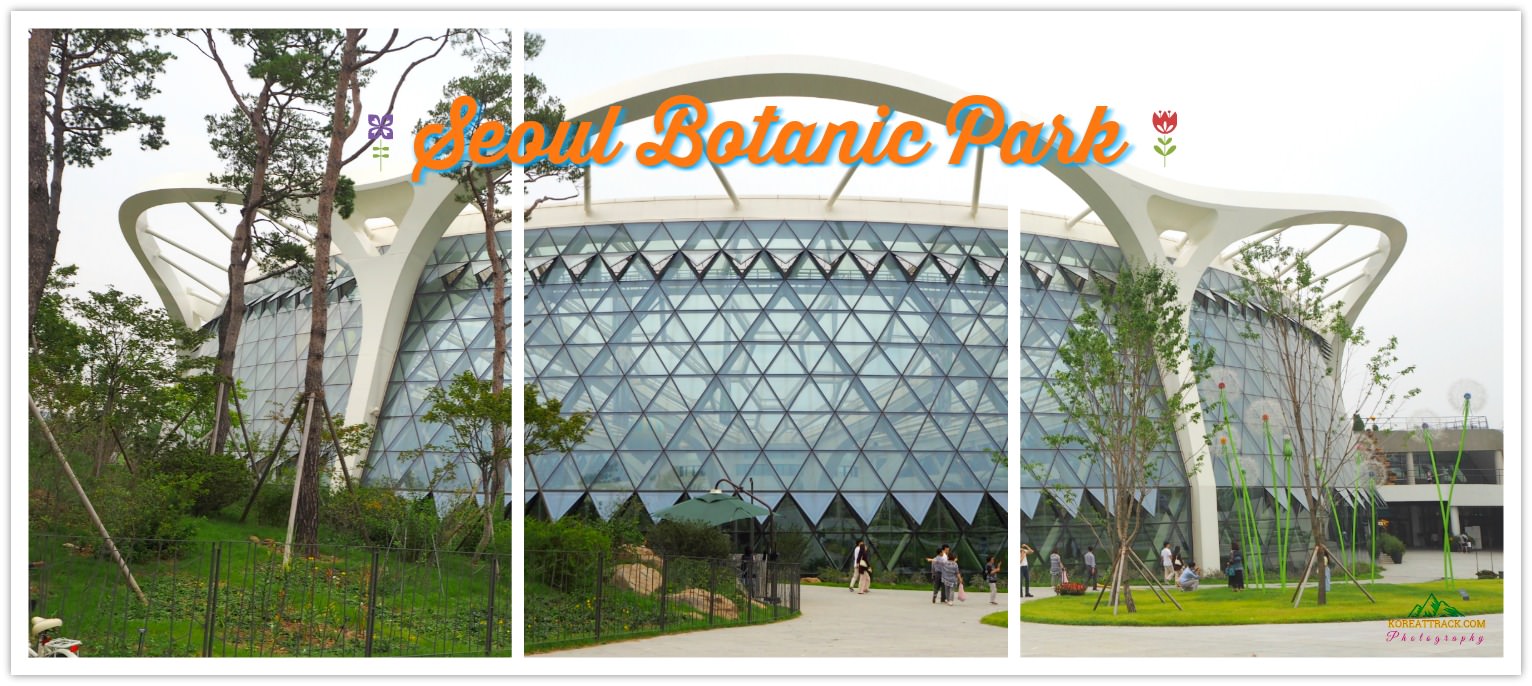
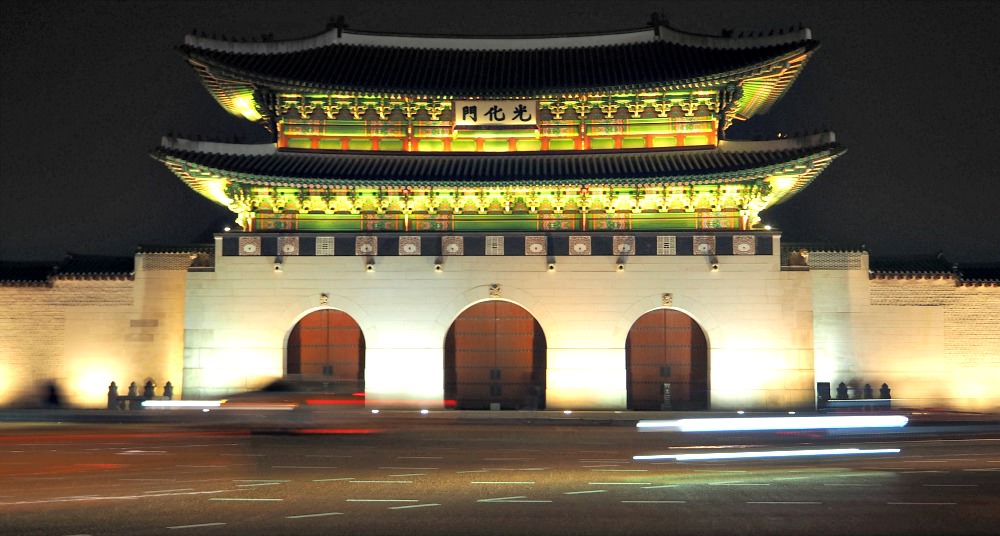





New! Comments
What do you think about this page? Leave me a comment in the box below.